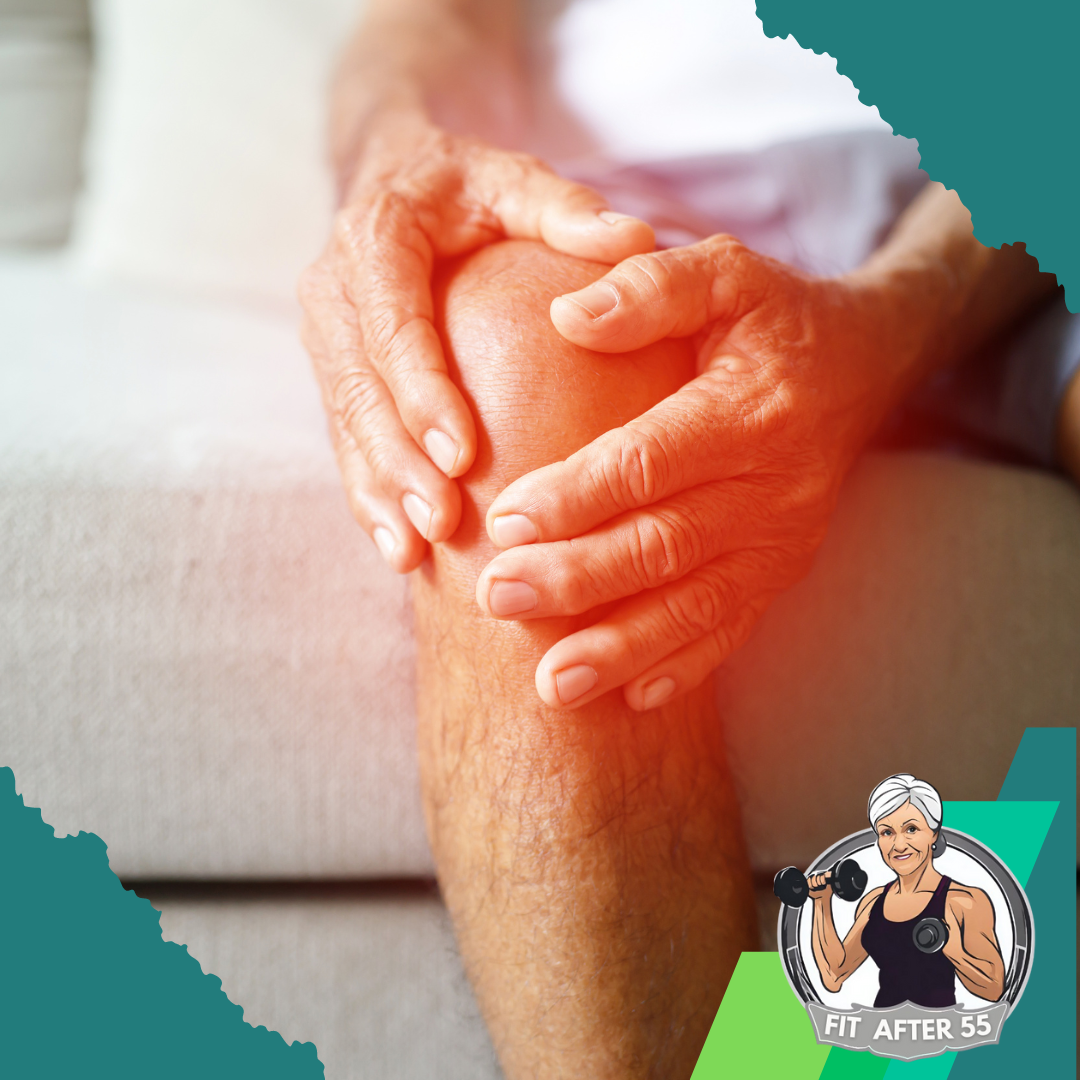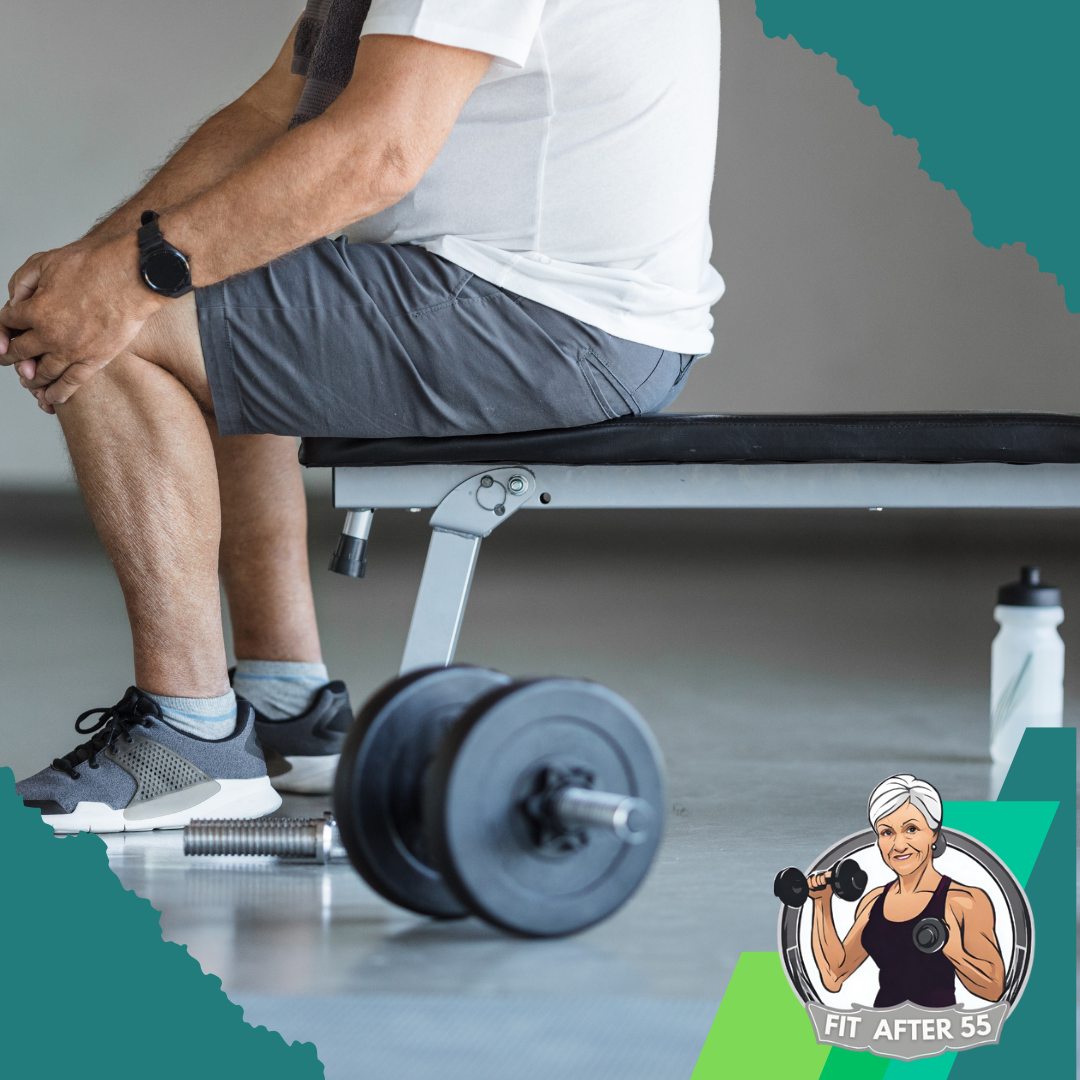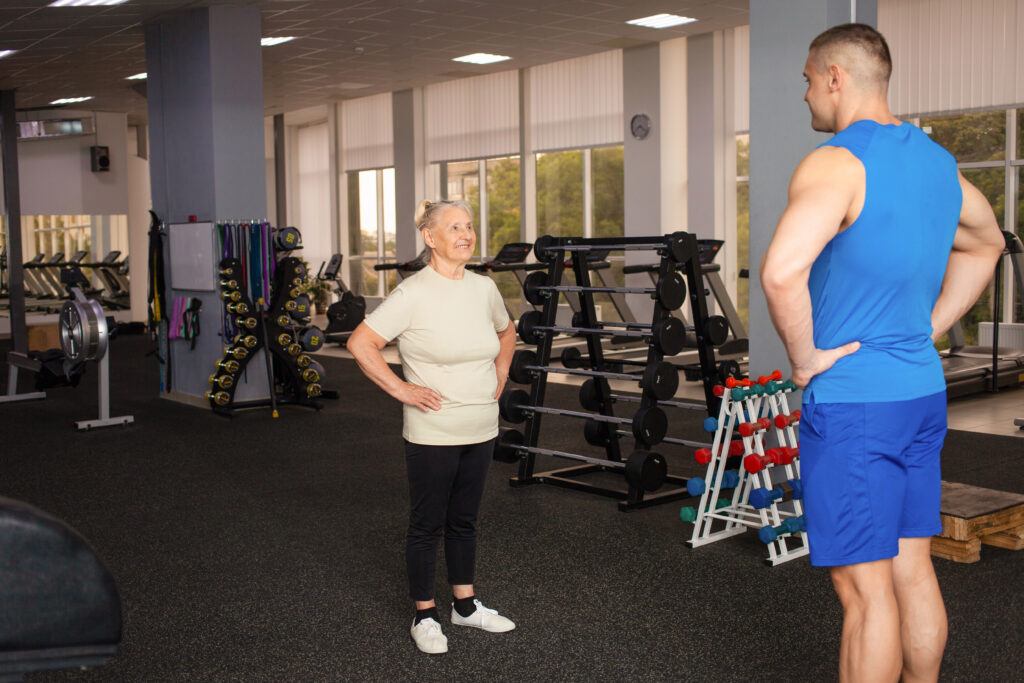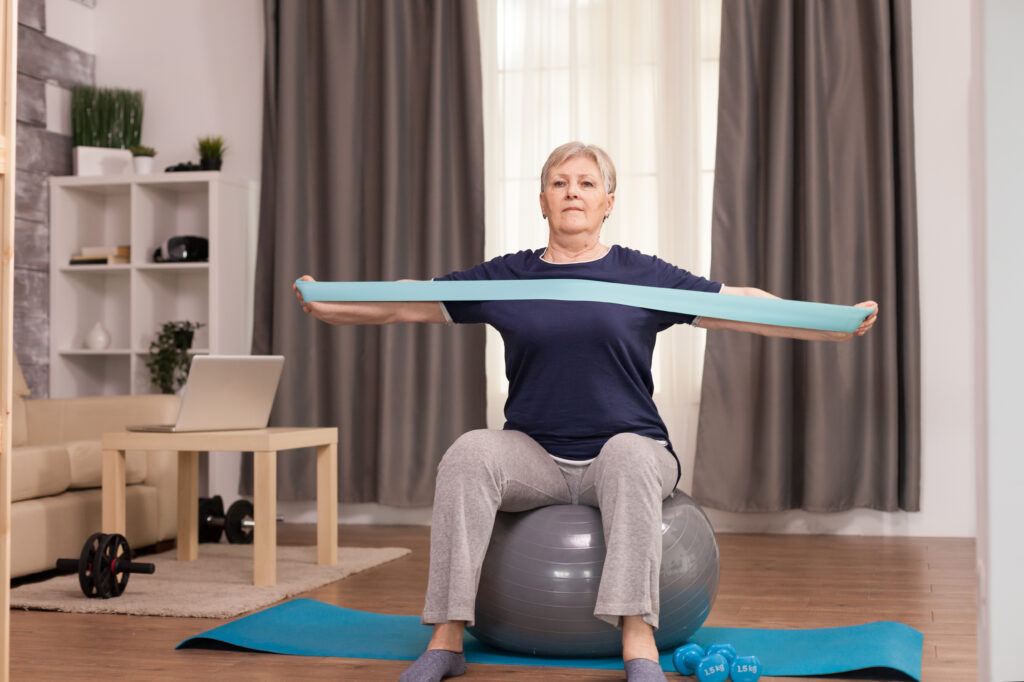With strength training tips for older adults with joint pains, aging gracefully doesn’t have to be full of aches and pains. I’ve tried different ways to stay active and found that strength training has some great benefits, even if you’ve got joint issues. I understand the apprehensions and uncertainties in trying a new regimen. But, by trying different things and learning from mistakes, I’ve figured out ways to make strength training work for me, even with achy joints.
Strength training can be a game-changer for older adults dealing with joint pain. It can lead to a more comfortable and efficient life, which we deserve. Plus, knowing you’re taking proactive steps to support your overall health and well-being is empowering. It is indeed worth it.
Pain-Free Fitness: Strength Training Tips For Older Adults With Joint Pain

As we age, our bodies may not be as supple or resilient as they once were. Strength training, often seen as the realm of the young, is vital for older adults too. It’s crucial for maintaining muscle mass, ensuring balance, and enhancing overall quality of life. However, many seniors experience joint pain, which can deter them from participating in strength training. It’s my goal to dispel the idea that joint pain should lead to a sedentary lifestyle. Instead, with the right approach, strength training can be a compatible and beneficial activity for those navigating the challenges of achy joints.
Given your joint issues, you may have concerns about starting a strength training program, and that’s understandable. Joint pain is a common issue that seniors face, and it can be both uncomfortable and discourage you from getting active. Yet, what’s important to understand is that avoiding physical activity isn’t a solution. Inactivity can lead to muscle atrophy and further joint stiffness, which is the opposite of what we want.

Now, I know you could be skeptical about lifting weights or doing resistance exercises, thinking it might worsen your pain. On the contrary, when done correctly, strength training can alleviate discomfort by fortifying the muscles around your joints, providing better support, and reducing strain. While high-impact exercises might be off the table, plenty of low-impact strength training options are tailored for comfort and safety.
Video Credit: @ClinicalPhysio
Main Points:
- Overcoming Misconceptions: Joint pain shouldn’t deter older adults from strength training; it can be beneficial with the right approach.
- Personalized Approach: The key to success in strength training is setting personal, achievable goals and being flexible with exercises based on pain threshold and mobility limits.
- Incremental Progression: Celebrating each step forward in building strength without unnecessary strain on joints is important for maintaining motivation and momentum.
- Rest and Recovery: Adequate rest and recovery time between sessions allow muscles and joints to heal, reducing inflammation and pain.
Understanding Joint Pain and Safe Exercise

Joint pain isn’t merely discomfort; it can be a significant barrier to staying active. It can throttle back the liveliness of older adults, restraining the pursuit of an active lifestyle. However, understanding the types of joint pain that often accompany aging and the appropriate exercise adaptations can be a key to unlocking the handcuffs of pain.
Conditions such as osteoarthritis and rheumatoid arthritis are common among the elderly. Strenuous activity can aggravate these conditions, but paradoxically, inactivity can worsen joint stiffness and pain. Therefore, it’s crucial to strike a balance through safe, low-impact exercises that can help manage joint pain.

Recognizing the difference between the average, expected discomfort of muscle activation and the sharp, acute pain that signifies something is wrong is essential. Localized, sharp, or sudden pain should be a signal to stop and reassess. Meanwhile, a general feeling of muscle fatigue is a regular aspect of strength training.

Easing into exercises with joint-friendly options, such as swimming, cycling, or using elliptical machines, is a wise way to begin. Physical activities emphasizing smooth motion and reduced joint strain offer a safe entry point for seniors looking to strength train without exacerbating their joint pain.
Surprising Fact About Arthritis
While drinking tea may lower your risk of developing rheumatoid arthritis, obesity can increase your risk of osteoarthritis.
Planning Your Strength Training Regime
If you’re an older adult with joint pain, stepping into the world of strength training requires thoughtful planning. Before starting a strength training routine, having a conversation with your healthcare provider is crucial. They can offer guidance based on your health history and any existing conditions.

Design Your Workout

When you have the green light from a medical professional, it’s time to design your workout around low-impact exercises. These exercises are easier on your joints but still very effective in building strength. Examples include resistance bands, light dumbbells, or bodyweight exercises like wall push-ups.
Set Your Goals
It’s not about lifting the heaviest weights or mimicking what you see others do; it’s about setting personal, achievable goals. As with any fitness journey, progression should be incremental. Celebrate each step forward, no matter how small, as it marks progress in building your strength without unnecessary strain on your joints.
Be Flexible
Be ready to tailor your exercises to your pain threshold and mobility limits. This might mean adjusting the range of motion or switching to alternative exercises if specific movements cause discomfort. Remember, there’s flexibility in finding what works best for you.
Safe Strength Training Practices for Joint Health
By adopting safe and effective practices, you can harness the benefits of these strength training tips for older adults with joint pain while minimizing the risk of exacerbating joint discomfort or injury.

Warm-Up

A proper warm-up and cool-down routine is essential to any workout, especially for older adults with joint pain. Warming up prepares your muscles and joints for exercise, reducing the risk of injury, while cooling down helps gradually lower heart rate and prevent stiffness.
Focus on Stability and Flexibility

When choosing strength exercises, focus on those that promote stability and flexibility without putting excessive strain on your joints. Bodyweight activities, resistance bands, and light dumbbells are great starting points. Specific machines are also designed for low-impact strength training, providing support and resistance in a controlled manner.
Form and Technique
Correct form and technique are paramount. Neglecting these can lead to undue stress on the joints and potential injuries. If possible, consult a fitness expert or physical therapist who can demonstrate proper technique and suggest individual modifications.
Rest and Recovery

Finally, tuning into your body’s signals is critical. If an exercise causes pain beyond mild discomfort or the usual muscle fatigue, it may be a sign to stop and reassess. Adequate rest and recovery time between sessions allow your muscles and joints to heal, reducing inflammation and pain.
Unlocking Strength: Embracing Fitness Through Joint Pain
Navigating the challenges of joint pain, I’ve discovered the power of strength training to improve my life. Don’t let misconceptions hold you back; try out safe adaptations and consult with professionals to customize your fitness journey and make it work for you. With determination and patience, you can get stronger, reduce discomfort, and reclaim your healthier life.

Take the first step today towards a more active and empowered future. Your journey to strength starts now.
Video Credit: @seniorfitnesshq
Frequently Asked Questions
In this FAQ, we’ll address common concerns about the safety and effectiveness of these strength training tips for older adults with joint pain.
Is strength training safe for older adults with joint pain?
Strength training can be safe and advantageous for older adults with joint pain, provided it’s done correctly. Adjusting exercises to lessen joint strain and consulting a healthcare professional before starting any regimen is crucial.
How can I modify strength training exercises to accommodate my joint pain?
Opt for low-impact variations, reducing the range of motion, using lighter weights, or focusing on bodyweight movements. Pay attention to your body’s signals and make adjustments as necessary to prevent worsening joint pain.
Will strength training exacerbate my joint pain, or can it help alleviate it?
Strength training can alleviate joint pain by strengthening the muscles surrounding the joints, offering enhanced support, and decreasing strain. However, to ensure safety and effectiveness, it’s essential to begin gradually, maintain proper form, and seek guidance from a healthcare provider.
What are some low-impact strength training options suitable for seniors with joint issues?
Seniors with joint issues can benefit from low-impact strength training activities such as swimming, cycling, utilizing resistance bands, and engaging in bodyweight exercises like wall push-ups. These exercises promote strength development without subjecting the joints to excessive stress, making them ideal for seniors with joint discomfort.
Continue Reading

